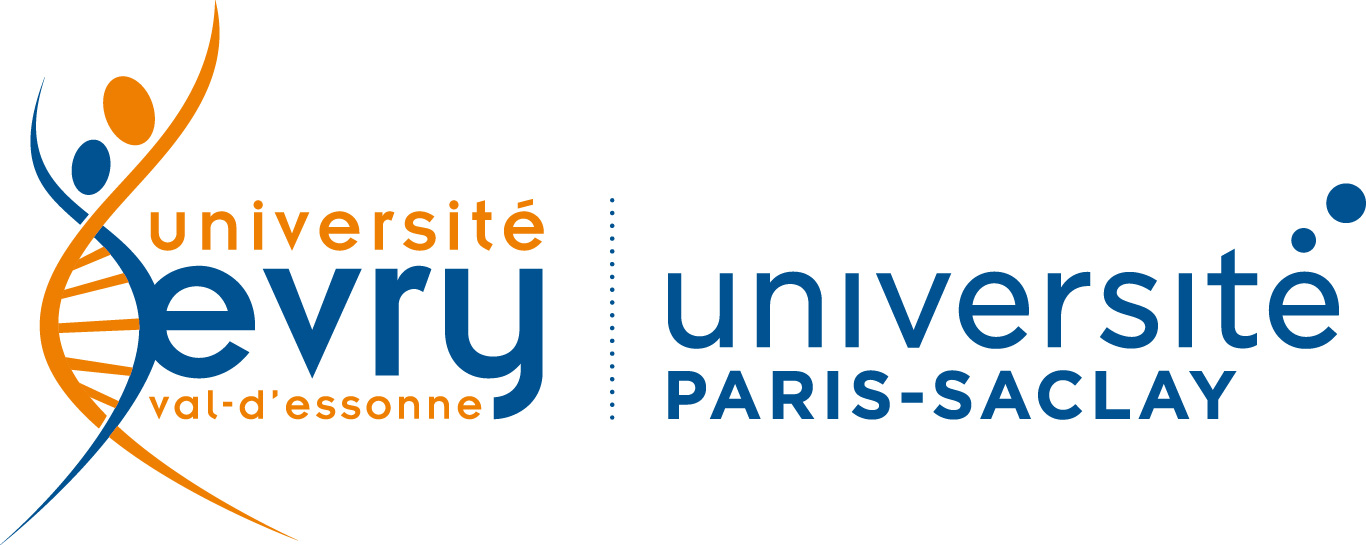Vectofusin-1, a potent peptidic enhancer of viral gene transfer forms pH-dependent α-helical nanofibrils, concentrating viral particles
Résumé
Gene transfer using lentiviral vectors has therapeutic applications spanning from monogenic and infectious diseases to cancer. Such gene therapy has to be improved by enhancing the levels of viral infection of target cells and/or reducing the amount of lentivirus for greater safety and reduced costs. Vectofusin-1, a recently developed cationic amphipathic peptide with a pronounced capacity to enhance such viral transduction, strongly promotes the entry of several retroviral pseudotypes into target cells when added to the culture medium. To clarify the molecular basis of its action the peptide was investigated on a molecular and a supramolecular level by a variety of biophysical approaches. We show that in culture medium vectofusin-1 rapidly forms complexes in the 10 nm range that further assemble into annular and extended nanofibrils. These associate with viral particles allowing them to be easily pelleted for optimal virus-cell interaction. Thioflavin T fluorescence, circular dichroism and infrared spectroscopies indicate that these fibrils have a unique α-helical structure whereas most other viral transduction enhancers form β-amyloid fibrils. A vectofusin-1 derivative (LAH2-A4) is inefficient in biological assays and does not form nanofibrils, suggesting that supramolecular assembly is essential for transduction enhancement. Our observations define vectofusin-1 as a member of a new class of α-helical enhancers of lentiviral infection. Its fibril formation is reversible which bears considerable advantages in handling the peptide in conditions well-adapted to Good Manufacturing Practices and scalable gene therapy protocols.
Domaines
Sciences du Vivant [q-bio]| Origine | Fichiers produits par l'(les) auteur(s) |
|---|



